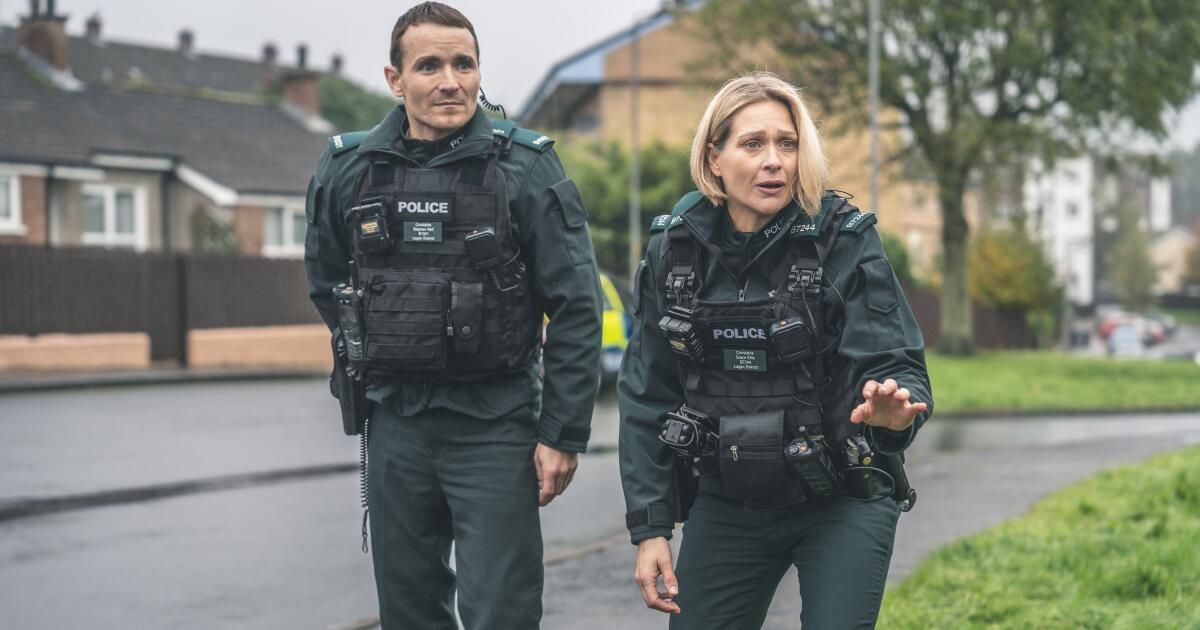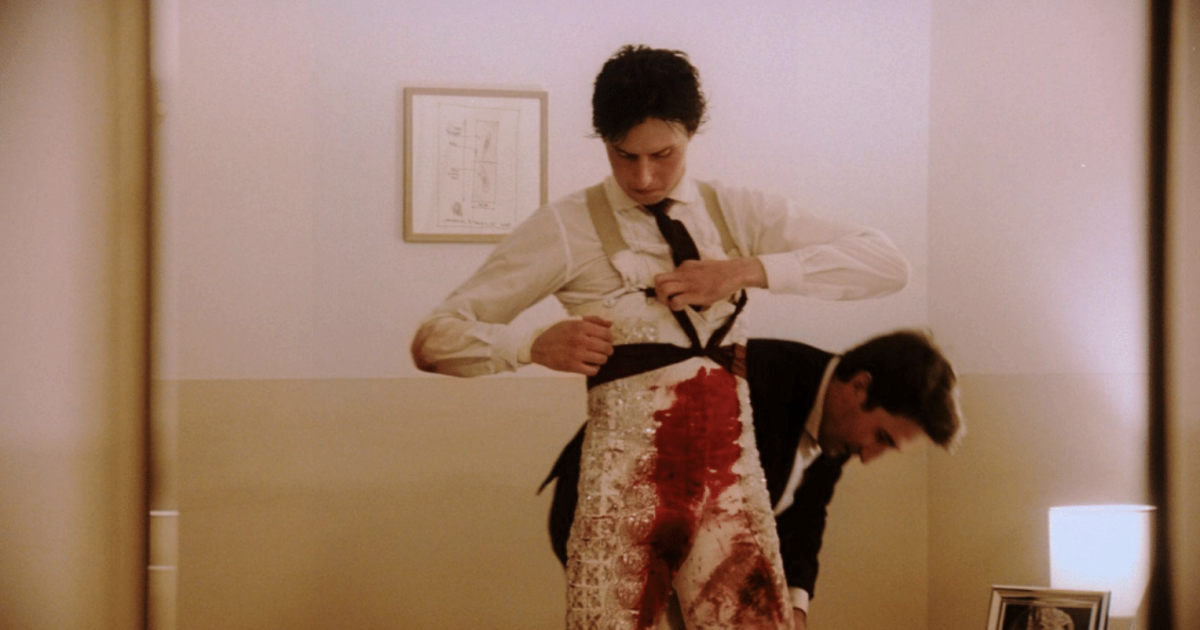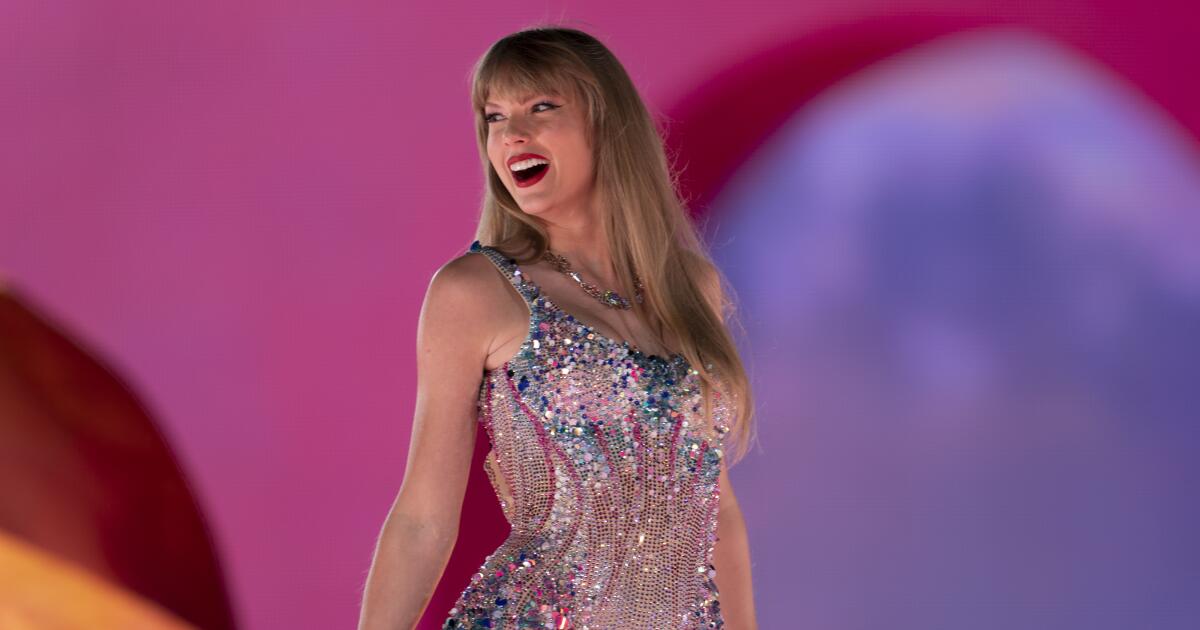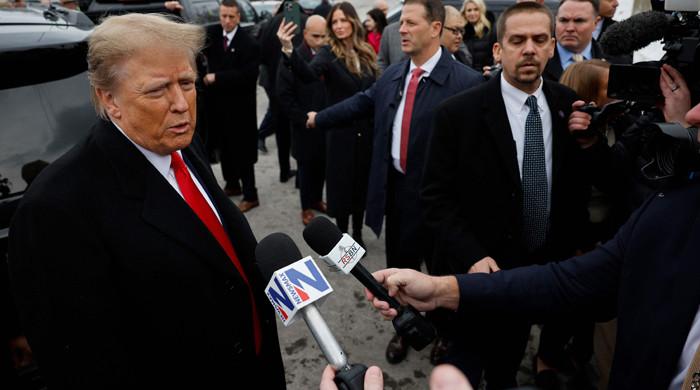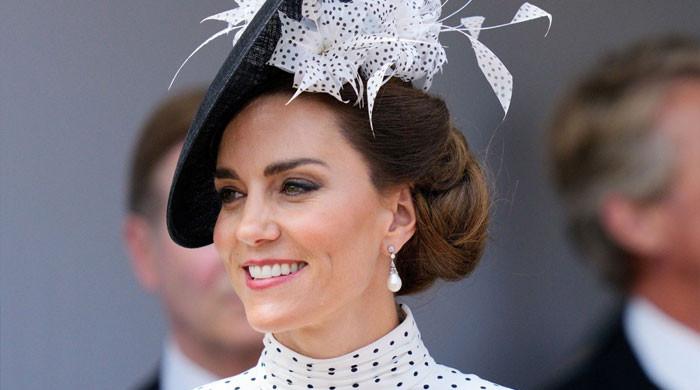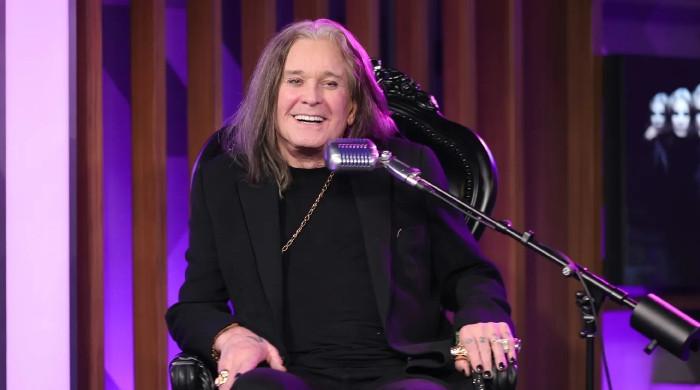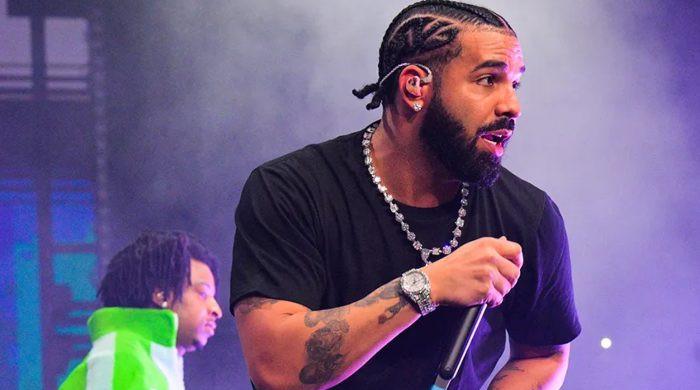When Declan Lawn and Adam Patterson were first approached to make a crime show set in Belfast, they were, to put it mildly, apprehensive.
Both writers grew up in Northern Ireland, live in Belfast and are deeply familiar with the region's bloody history. However, they worried that a series about the city's police force, once overwhelmingly Protestant and viewed with suspicion by the Catholic community, would be inherently polarizing.
Even today, more than 25 years after the Good Friday Agreement, which brought peace to the country after decades of conflict, “There are some areas where the police can't go,” Patterson said during a recent visit to New York. “The biggest fear was that the policy at hand would simply swallow everything we were trying to say and become the story. “That is often the case in Northern Ireland.”
“It's a great privilege to tell a story about your own place, your own time, in your own voice,” Lawn added. “But it is also a huge responsibility, I would say sometimes oppressive.”
But the duo, former television journalists who worked together on the BBC current affairs series “Panorama”, reconsidered their decision after meeting real Belfast police officers. “These are regular people and they're doing crazy work for not much money,” Patterson said. “We thought we could tell a brilliant story about family, using the police as a Trojan horse.”
This idea evolved into “Blue Lights,” a procedural that follows a trio of new recruits for the Police Service of Northern Ireland, or PSNI: Grace (Siân Brooke), a 40-something woman who abandons her career as social worker; Annie (Katherine Devlin), a young novice whose Catholic background puts her safety at risk; and Tommy (Nathan Braniff), insecure but determined to prove himself. They are guided by a team of seasoned veterans, including the charming Gerry (Richard Dormer, of “Game of Thrones” fame).
Season 1 revolved around the search for James McIntyre (John Lynch), a former Irish Republican Army man who is now the head of a crime family based in a Catholic and nationalist neighborhood in west Belfast. The series looked at the links between the paramilitary groups that terrorized Northern Ireland during the Troubles and the current drug trade.
In season 2, which began streaming on BritBox this week, the focus shifts across town to a loyalist pub in Belfast's Protestant east that is a hub of criminal activity that transcends the political divide. The ambitious six-episode season also explores the city's heroin epidemic, the impact of government funding cuts and the painful legacy of sectarian violence.
If this makes “Blue Lights” sound like Belfast's answer to “The Wire,” well, that's exactly what Patterson and Lawn had in mind when they created the show. David Simon's acclaimed Baltimore-set drama was a major inspiration, particularly in its multifaceted depiction of “a post-industrial city that people hadn't paid much attention to before,” Patterson said.
Like Simon, who started out as a newspaper reporter, Lawn and Patterson spent years traveling the world as television journalists. The experiences “teach you a lot about the human condition and how people will react to great pressures and difficulties,” Patterson said.
“You would hope that the more bad things you see, the more pessimistic you have a view of human nature,” Lawn said. “But our conclusion from all those years was [that] most people are good and decent. People who are not have disproportionate power.”
They met in 2009, while on duty in Wales, and ended up staying out until 4am doing karaoke. (Lawn performed Eminem's “Stan” in a bar packed with working class people.) They formed an instant bond that's evident in person 15 years later: the writers share a joking, brotherly relationship and are quick to criticize each other for being boring.
They turned to screenwriting as a way to channel their frustration with the limitations of television journalism. When they made documentaries, they met extraordinary people and interviewed them for hours, only to leave incredible stories on the cutting room floor.
Former BBC journalists Adam Patterson (right) and Declan Lawn are co-creators of BritBox's “Blue Lights.”
(Greg Funnell)
His first assignment was “The Salisbury Poisonings,” a fact-based BBC miniseries about a failed attempt to assassinate Sergei Skripal, a former Russian military intelligence officer, in 2018.
They often take a journalistic approach to creating drama, conducting numerous interviews, and using this primary material to create relatable characters. For “Blue Lights,” they spoke to dozens of police officers, who shared stories about checking under their cars for bombs and living in fear of fringe Republicans.
It is impossible to separate the history of policing in Belfast from the long conflict between Catholics and Protestants. The Royal Ulster Constabulary, Northern Ireland's police force until 2001, had almost no Catholics in its ranks and was accused of colluding with unionist paramilitary organisations. It was “horribly divisive,” Patterson said.
The organization was replaced by the PSNI and there has been a concerted effort to recruit more police officers of Catholic background. Today, according to the PSNI, About 33% of the country's police officers are Catholic, while 66% are Protestant. (Catholics, once a minority, now narrowly outnumber Protestants nationwide.) The very existence of “Blue Lights” is a sign of the progress that has been made. “Ten years ago, this show couldn't have been made,” Lawn said.
However, threats remain. Police officers in Northern Ireland often carry weapons, unlike anywhere else in the United Kingdom.
A few weeks before the premiere of season 1, a Police detective named John Caldwell was shot. in an attack believed to have been orchestrated by the New IRA, a dissident republican group, but he survived.
“Sometimes we avoid things that happen in real life because they're almost too crazy to put on a show for,” Lawn said, citing a recent Data leak in which the PSNI mistakenly published names and other information about thousands of staff online, where it was obtained by dissident republicans.
“If we put that on a TV show, people would say, 'Come on!'” Patterson said.
In the second season, they delve into the city's unionist enclaves, drawing on the knowledge they acquired while making documentaries about loyalist music bands. For another story involving a character called Happy (Paddy Jenkins), whose family died decades ago in the chip shop bombing, they visited the Wave Trauma Centre, which provides support to people affected by the Troubles.
But the new episodes also show how the crime has ironically brought both sides of the conflict together.
“The paramilitary framework is now essentially a disguise for drug gangs. These people go to church, right? “They pretend they are fighting for Irish freedom or loyalty to the British crown, but they are gangsters,” Patterson said.
The series has been renewed for a third and fourth season by the BBC (where it airs in the United Kingdom). In future episodes, they plan to move to leafy, affluent south Belfast, “where the real criminals are,” Lawn joked.
“We love the city, but we realize it's a flawed diamond,” Patterson said.
Both in their 40s and part of a generation that came of age at the end of the Troubles, Lawn and Patterson bring different perspectives to “Blue Lights.” Patterson is from a Protestant background and his father worked in the Northern Ireland prison system, including spending time in the notorious Maze prison, which housed many IRA members. When he was a child, he was told never to talk about what his father did or to open the door to a stranger. They had bulletproof glass in the windows.
“It was my normal, but thinking about it, it wasn't normal,” said Patterson, who asked his father's permission to talk about his profession before the release of Season 1. (Lawn said he didn't even know what his father's profession was.) of Patterson). They made a living until they started writing “Blue Lights” together).
Lawn, meanwhile, grew up in a Catholic, nationalist family in Derry (the setting for the raucous Troubles-themed sitcom “Derry Girls”). Her parents worked at a bank that was regularly robbed. They lived across the river from the city center and often heard bombs going off.
“I felt very anxious about them coming home,” he said. “Even if they were five minutes late, I'd say, 'Oh, they're dead,' which was actually a pretty rational expectation. “They were blowing people up all the time.”
Lawn and Patterson said they had been friends and creative partners for a decade before really opening up about their experiences growing up. Patterson explained the thought this way: “Something more horrible always happened to someone else along the way. So what right do you have to complain about the things that happened to you?
However, when writing “Blue Lights,” authenticity is key because “Northern Ireland is a difficult audience,” Lawn said. “If you make a mistake in even the slightest vernacular, accent or anything, they will tell you. So far we have not had any major complaints.”
The series is filmed in republican and loyalist neighborhoods where open displays of support for one side or the other, usually flags and murals, are common.
“The only way to be able to film in those places is with the consent of the community. So far, people have been extremely welcoming,” Lawn said. “It may be brave and difficult, but it is fair. “He doesn't demonize anyone.”
This realism extends to the use of regional slang such as “touts”, “peelers” (policemen) and “ride” (having sex) and the predominance of strong Northern Irish accents, which convert long A sounds into short E sounds. (Lawn highly recommends watching it with subtitles.) But the creators of “Blue Lights” believe it resonates beyond the community where it takes place, because themes like family and belonging are universal. It also tackles heavy topics with dark humor.
And as unwavering as it is, “Blue Lights” is also an optimistic show, Lawn said. “There is a lot of darkness, a lot of sadness. But ultimately I think it's a kind of quiet heroism.”

